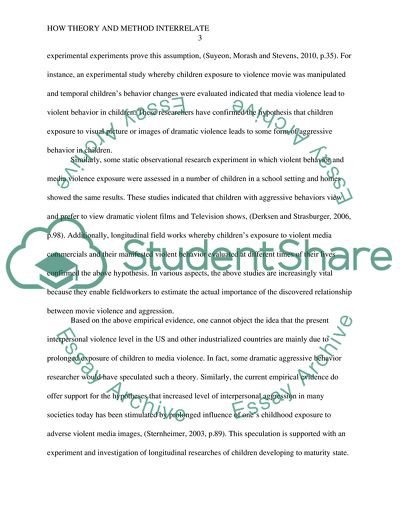Cite this document
(Media Violence Affects Children Behavior Coursework, n.d.)
Media Violence Affects Children Behavior Coursework. Retrieved from https://studentshare.org/media/1792809-develop-an-analysis-of-how-theory-and-method-inter-relate-in-a-social-science
Media Violence Affects Children Behavior Coursework. Retrieved from https://studentshare.org/media/1792809-develop-an-analysis-of-how-theory-and-method-inter-relate-in-a-social-science
(Media Violence Affects Children Behavior Coursework)
Media Violence Affects Children Behavior Coursework. https://studentshare.org/media/1792809-develop-an-analysis-of-how-theory-and-method-inter-relate-in-a-social-science.
Media Violence Affects Children Behavior Coursework. https://studentshare.org/media/1792809-develop-an-analysis-of-how-theory-and-method-inter-relate-in-a-social-science.
“Media Violence Affects Children Behavior Coursework”. https://studentshare.org/media/1792809-develop-an-analysis-of-how-theory-and-method-inter-relate-in-a-social-science.


